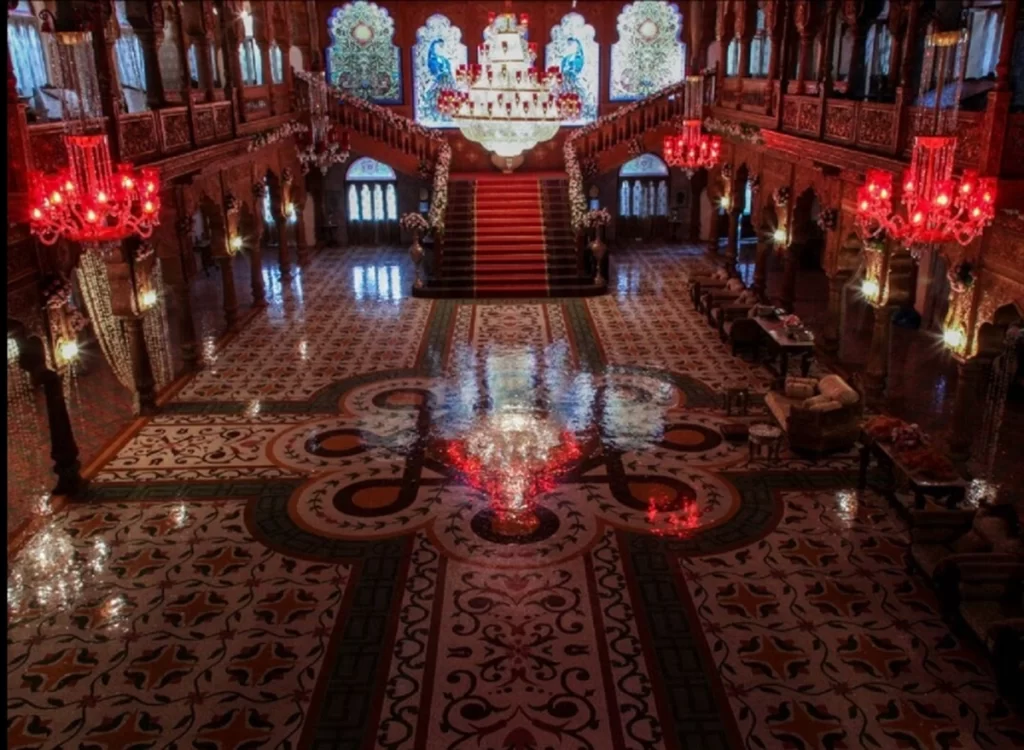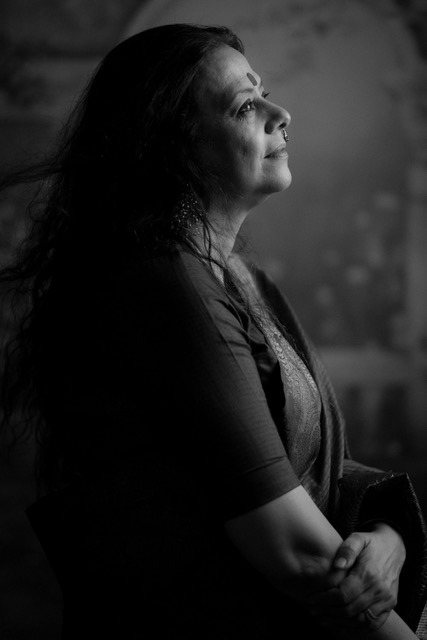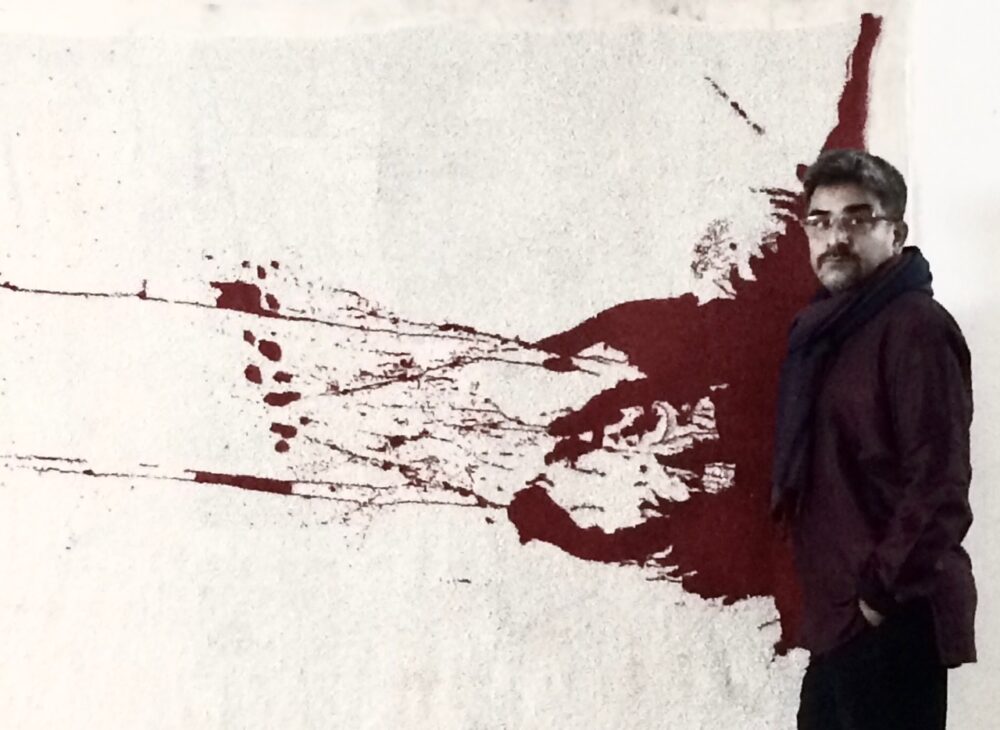A true powerhouse of talent, Architect Akshita Hans, has made a name for herself in the design world with her company, ‘Story of Spaces,’ located in Delhi. Her path to this success is truly interesting, as she initially spent seven years in Mumbai designing sets for Bollywood movies, which she credits for her entrepreneurial leap.
This experience led to the idea of bringing her design skills to Delhi, leading her to establish her own firm four years ago in Gurgaon, where she now designs everything from movie sets to exhibition spaces. Akshita, who grew up in Delhi and studied architecture at the University School of Architecture and Planning after attending St. Francis De Sales School.
In this D-Talks Series, we have Akshita Hans, who offers insights into her professional journey and the principles that guide her design work.

1. How would you describe your signature design aesthetic, and how has it evolved while working in the Indian context?
Akshita Hans- It’s honestly hard to pin down a “signature aesthetic” because every project I work on comes with its own emotional and visual tone. What ties it all together, though, is a sensitivity to detail and a certain groundedness. I’m drawn to lived-in textures, natural light, and spaces that feel like someone really inhabits them.
My architecture background from the University School of Architecture and Planning in Delhi gave me structure, but production design helped me loosen up and respond to stories and instincts.
Over time, I’ve developed a way of seeing—whether it’s how wires are bundled in a neighbourhood salon, or the way light falls through lace curtains in an old Delhi home. These quiet, unnoticed things inform my visual language in big ways.

2. What influences and inspires your current work? Could you share some movements, designers, or elements of Indian culture that have shaped your practice?
Akshita Hans- A lot of what influences me comes from everyday life and observation. I’m constantly noticing how people occupy their spaces—how they use corners, how things are repurposed, how textures overlap. It could be something as mundane as a patterned linoleum floor meeting a wooden cupboard, but there’s something real and emotional in that.
Indian homes and streets are layered, imperfect, and full of visual stories. That’s what inspires me—not a specific designer or movement, but that daily poetry of how we live.
3. Could you walk us through your creative process? How do you transition from the initial concept to the final execution?
Akshita Hans- My process always starts with listening—what is this space supposed to feel like? What story are we telling? Then comes collecting references—not mood boards from Pinterest, but things I’ve seen, remembered, or sketched along the way.
I build the space in layers. I begin with broad strokes—layout, colour palette, material choices—and then zoom into the finer things like props, textures, and light quality. Even the way a curtain folds or a cup sits on a table matters to me. It’s not just about aesthetics, but about giving the space some life.
4. How do you balance client or director requirements with your creative vision? Could you share an example of a project where this balance was particularly challenging?
Akshita Hans- I think the balance comes when there’s clarity and respect on both sides. I always try to understand the intent behind a brief—what the director or client is really trying to say, even if it’s not fully formed yet. Then I find ways to interpret that through my lens.
For the Ritu Kumar Home campaign, the challenge was to retain its legacy and craft while still making it feel accessible and current. Through careful prop selection, composition, and styling, we managed to find that balance—honouring tradition without making it feel rigid or distant.
5. How do collaborations with artisans, craftspeople, or other creative professionals factor into your work? How do these partnerships enrich your design practice?
Akshita Hans- They’re essential. A lot of what makes a space sing comes from the hands that build it. I work closely with carpenters, painters, prop assistants, and stylists, and these collaborations are what shape the final outcome. Their intuition, speed, and problem-solving often bring unexpected richness to the work.
It’s rarely just about executing a sketch—it’s about responding to material, time, and people in the moment. That’s what keeps the work grounded.
6. What role do you see designers playing in addressing India’s unique social, cultural, and environmental challenges?
Akshita Hans- Designers hold a lot of soft power. We shape perception. Whether it’s through advertising or interiors, we can normalise certain values—reuse, warmth, community, craft. We can highlight what’s local instead of defaulting to what’s ‘global’ or ‘premium.’ That shift in storytelling can quietly influence how people engage with their spaces and surroundings.
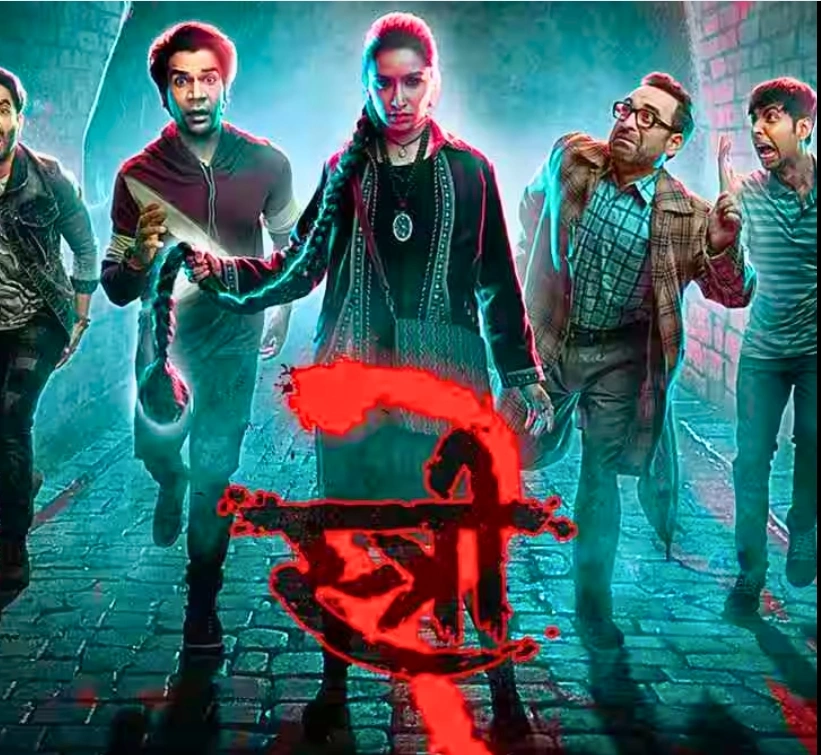
7. Looking back at your portfolio, which project represents a significant turning point in your career, and why?
Akshita Hans- The film *Stree* was a defining moment for me. Working as the art director on that project meant being part of a larger storytelling team where the setting had to balance humour, folklore, and a sense of eeriness. It was the first time I handled such a large-scale fictional world from scratch. We created an entire village, planned every texture and transition, and worked closely with every department to ensure the atmosphere felt believable and immersive. It challenged me in ways I hadn’t experienced before and helped me see how design can truly shape the emotional arc of a story.
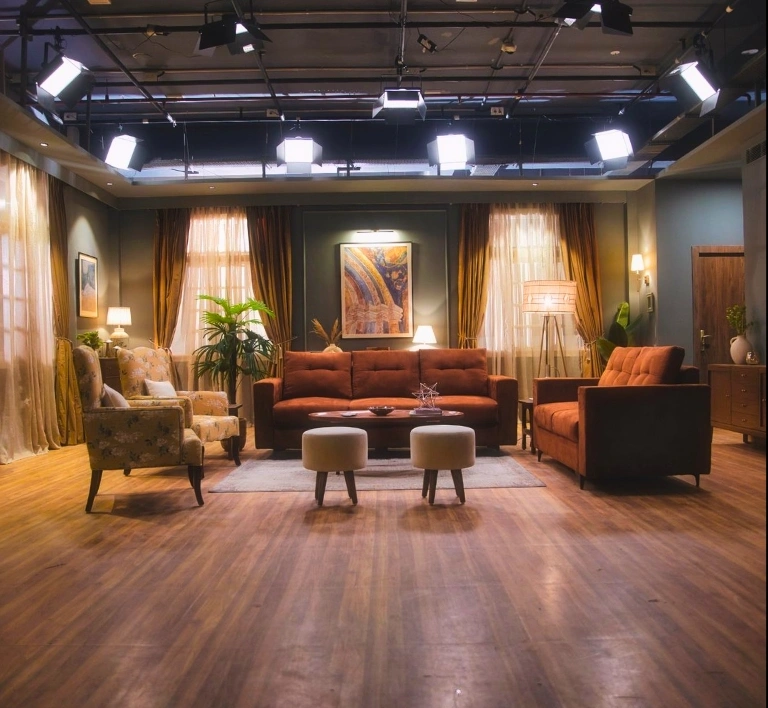
8. Among your recent works, what project are you most proud of, and what makes it special?
Akshita Hans- One project I’m especially proud of is Studio 2 by Cellar Door—a house set designed with movable walls. It’s been more than two years since I built it, and yet it continues to be used across a wide range of shoots.
The adaptability of the set—the flow, the openness, the way it transforms without feeling mechanical—has allowed it to host so many different stories. Designing something that stands the test of time, both functionally and visually, has been incredibly fulfilling.
9. What unique challenges and opportunities have you encountered as a designer in the Indian design industry?
Akshita Hans- Timelines are tight, budgets unpredictable, and things change last minute—that’s the norm. But the flip side is that you learn to adapt, to stay quick on your feet, and to find creative solutions under pressure. There’s a kind of energy in that chaos that can be deeply rewarding when the pieces finally fall into place.
10. How are you navigating between global design trends and local contextual needs in your practice?
Akshita Hans- I don’t actively chase trends. If something global resonates, I’ll take from it, but my priority is always to make a space feel rooted—visually and emotionally. That rootedness often comes from texture, from time, and from cultural memory. It’s subtle, but I think people feel it when they walk into a space.
11. How do you approach sustainability and eco-friendly practices in your designs, particularly considering India’s traditional wisdom and contemporary environmental challenges?
Akshita Hans- It starts with reusing, repurposing, and being conscious of what we’re consuming—even in fast-paced environments like ad shoots. I often work with local materials and repurpose props across sets. It’s not always perfect, but even small decisions—like sourcing locally, choosing natural materials, or designing for disassembly—make a difference.
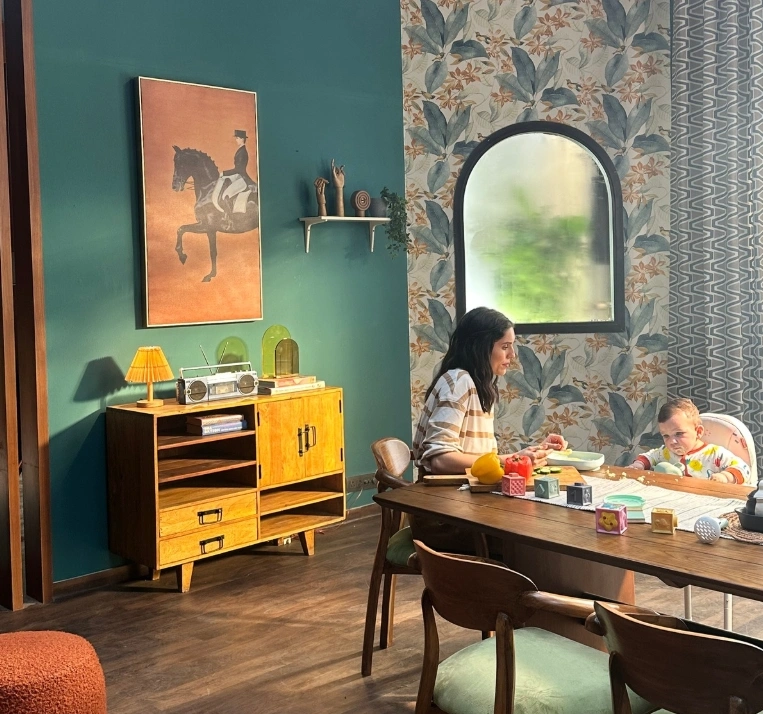
12. What technological innovations or new materials are you currently exploring in your work?
Akshita Hans- I use digital tools to visualise and plan, especially when collaborating across cities. But what interests me more is finding new ways to work with traditional materials—how can a basic textile be used in an unexpected way, or how can old wooden frames be re-imagined in a shoot. It’s less about invention and more about reinterpretation.
13. How do you build visibility for your practice and connect with potential clients? What platforms and strategies have worked best for you?
Akshita Hans- Instagram has helped me share not just finished work, but also process, experiments, and the energy behind each project. But most of my work comes through conversations—people who’ve worked with me before or who’ve seen the work evolve over time. I think people connect more when they see the intention behind the visuals.
14. What are the crucial dos and don’ts for young designers trying to establish themselves in India, and what professional forums or communities would you recommend they join?
Akshita Hans- Do stay curious, patient, and open to learning from every project, big or small. Don’t jump too fast into building a ‘brand.’ Let your work grow from what you love, not what you think you should be doing. And build real relationships. That will take you further than any algorithm or award.
15. As you look ahead, what new project types or design directions would you like to explore?
Akshita Hans– I’d love to explore more immersive environments—spaces that are experienced rather than just seen. Maybe something between set design and installation art. Also, slow projects. Ones that allow for thought, time, and evolution.
16. What do you envision for the future of design in India, and how do you hope to contribute to this evolution?
Akshita Hans- I think the future will lie in doing less but doing it with more honesty. We’re already seeing a shift—people want spaces and stories that feel true, not just polished. I hope I can continue to contribute to that by building spaces that are human, detailed, and full of intent.
Stills from Prem Ratan Dhan Payo. Image Courtesy of Akshita Hans
Contributor


